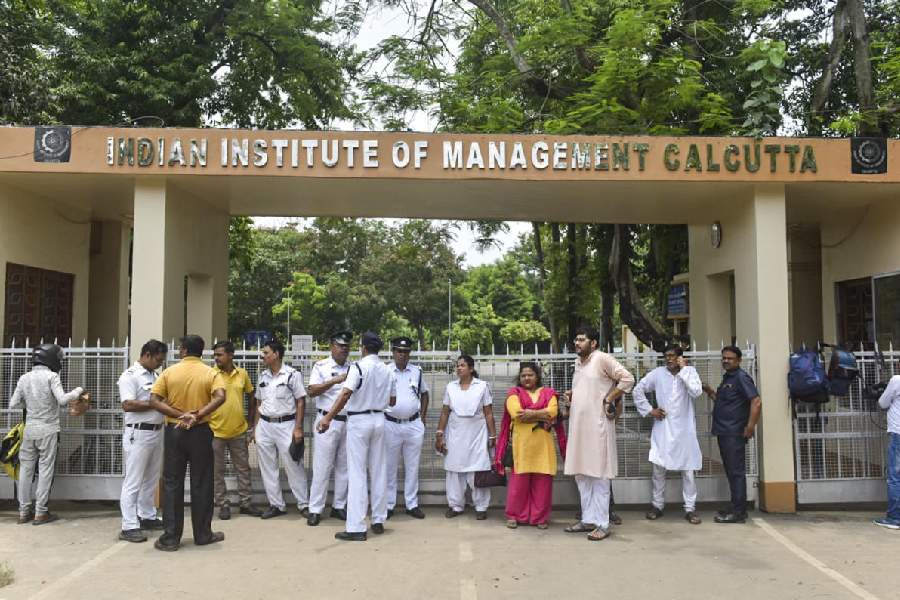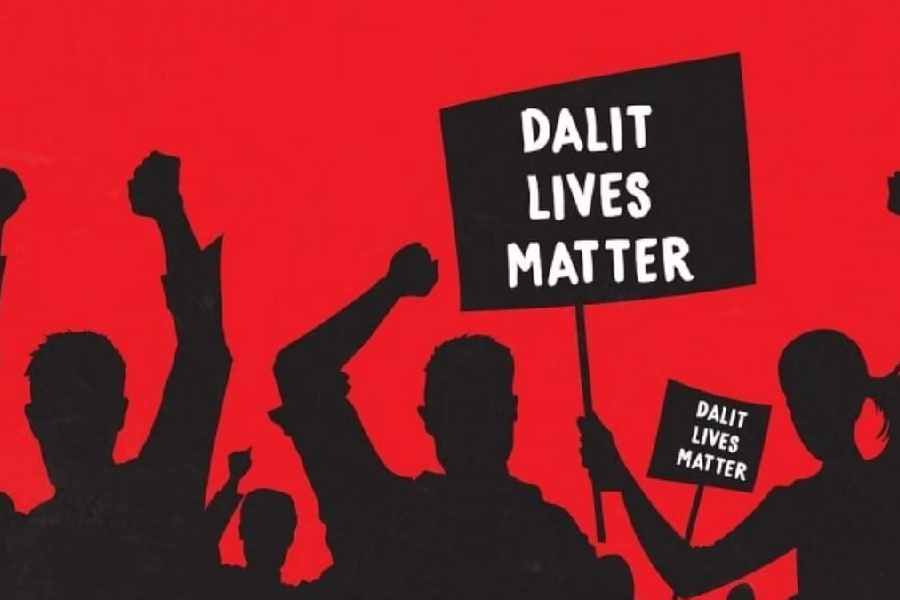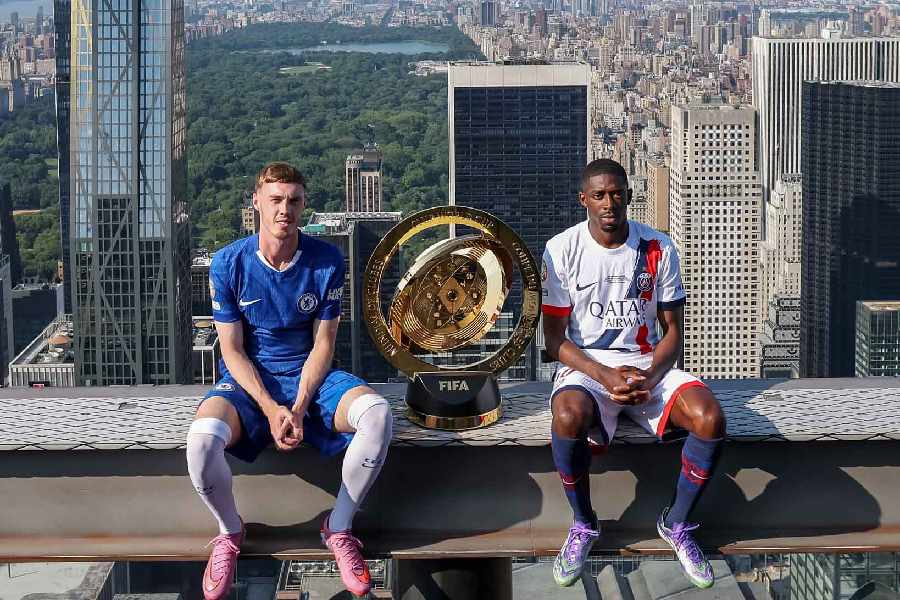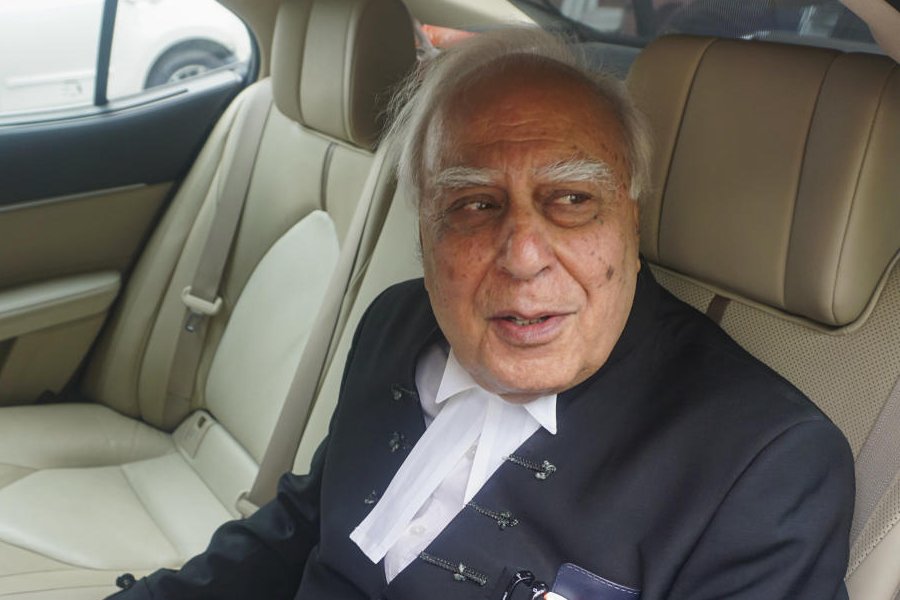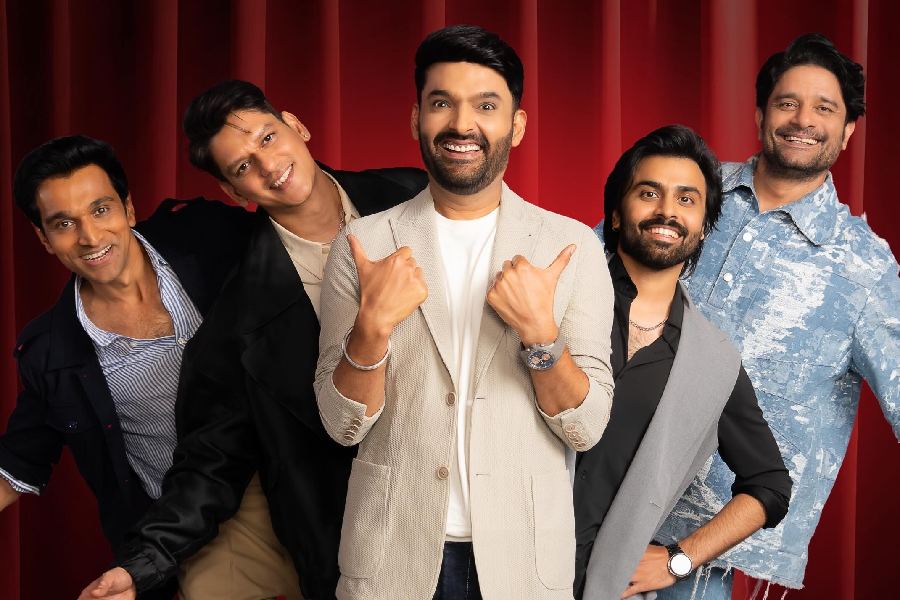 |
| (From left to right): Well-known Mercedes drivers Hans Herrmann, Karl Kling, Eugen Böhringer and Juan Manuel Fangio with a young Michael Schumacher |
The two men on the extreme right, in the photograph taken several years ago, together represent quite a few achievements ? 12 Formula One (F1) World Championships between the two of them. But most importantly, they represent F1, from the very beginning to the present. The gentleman in white, the late Argentinian Juan Manuel Fangio, came second in the 1950 Formula One World Championship and went on to win five titles. The young man in the T-shirt, Michael Schumacher, needs no introduction of course. With seven championships under his belt, he?s still gunning for more.
The fact that Formula One racing is the pinnacle of all forms of racing ? though the Americans may have something to say about that ? is not news anymore. Today, it?s good to see Formula One racing becoming so popular, especially in India. The fact is, Formula One racing has taken over 50 years to get to where it is today. Whatever the success rating of this sport, the fact is that it could not have come about without the drivers ? European as well as North and South American ? who over those 50 years risked life and limb to present what is truly a spectacle.
Italian Giuseppe Farina was 44 years old when he won the first F1 World Championship in 1950 at the wheel of an Alfa Romeo. He was an engineer and had driven for Maserati and Ferrari before World War II. Unfortunately, age was against him and he didn?t win any more championships. Fangio, who won the next year, and from 1954 to 1957, started out racing cars under a false name to keep his parents from knowing what he did. However, the highlight of his career was a brilliant win from behind at the German GP, beating the Ferraris in his Maserati, and breaking the lap record six times in the process. Only later did he reveal that his seat had broken and that he had wedged himself into the car! It is widely believed that he allowed Stirling Moss to win the 1955 British GP in what was ?a close finish? and become the first British driver to win his home GP. He stopped racing after 1958 because he was bored with winning five times and that too, four in a row!
Stirling Moss of Great Britain was the son of a dentist who cut his teeth by racing 500cc-engined F3 cars. He made his mark by leading Fangio?s Mercedes at the 1954 Monza GP in a Maserati 250F until the Italian car suffered an engine failure. This got him a drive at Mercedes the next year. Moss (Sir Stirling today) later drove for the Maserati team and then for Vanwall, a British team. Moss? career ended after an accident at the Goodwood in England in 1962.
The first decade of Formula One saw a number of drivers making a name for themselves, some who carried on driving into the 60s while many retired. The 60s threw up another set of great names like James (Jim) Clark, Lorenzo Bandini and John Surtees. Surtees came into F1 after having won seven motorcycling World Championships on an MV Agusta. He started off driving for Team Lotus in 1960 and switched over to Yeoman Credit Cooper in 1961. Nineteen sixty-four was his championship year and to this day, he remains the only person to have won World Championships on both two and four wheels though Valentino Rossi has made noises in the recent past about getting into car racing sometime in the near future.
Jim Clark was a farmer and an amateur racing driver. Only, he didn?t drive like one as evident from his two World Championship titles in 1963 and 1965. Unfortunately, he died in 1968 in a lower rung F2 race at Hockenheim, Germany or he might just have been the Schumacher of the ?60s. Lorenzo Bandini came up through the ranks, racing in Formula Junior for the Stanguellini team (which used the same engine found in the Premier Padmini). Always the second driver to John Surtees, the Italian won the Austrian GP in 1964. Full of promise and talent and driving a Ferrari, his career and life was cut short by a fiery accident in Monaco in 1967 while he was chasing a Brabham for victory. The Italian died of his burns later.
The 70s saw another crop of drivers coming to the fore. Emerson Fittipaldi from Brazil was one such driver who made a name for himself, first with Team Lotus with which he won his first World Championship in 1972, and then with McLaren in 1974. Unfortunately he decided to kill his career by joining his elder brother?s team in 1975, which was nothing but an also-ran outfit. He was replaced at McLaren by James Simon Wallis Hunt. The Brit had started out with the private Hesketh team but his proudest moment was when he clinched the 1976 title in the driving rain by finishing third at Suzuka, Japan. That was the year of Niki Lauda?s accident at Nurburgring. Trapped in his burning Ferrari, he was pulled out by another driver who stopped on seeing the accident. Lauda hovered between life and death in his hospital bed with a priest being called in at one point to read him the last rites. Amazingly, not only did Lauda recover but he was back racing later again in the year. However, that accident made the world of car racing sit up and take a serious look at the issue of safety in motorsport.
The 80s saw one of the greatest rivalries in F1 history ? that of Alain Prost and Ayrton Senna. Though they were teammates, both were ruthless about winning. The Brazilian came into F1 via the Toleman-Hart team while the Frenchman was with McLaren. Prost won the title in 1985, 1986 and 1989. Senna switched to McLaren in 1988 and won the title. He repeated the win in 1990 by running Prost off the road at Suzuka, Japan. That year, Prost left for Ferrari but left the team after 1991. He took a sabbatical in 1992 but returned and joined Williams in 1993 and won his fourth title. Senna joined Williams in 1994 but died in a crash at Imola. His death sent F1 into another series of meetings regarding the safety of the sport.
Nigel Mansell was Britain?s great hope in the 80s. After a high-speed tyre failure at the 1986 Australian GP (just when he was looking like winning the world title) robbed him of what had seemed a certainty at the time, he finally made hit the jackpot in 1992 in a Williams-Renault.
The 90s started off with Michael Schumacher serving notice of his awesome talent, by winning two back-to-back championships in a Benetton-Renault in 1994 and 1995. Damon Hill won the championship in 1996 in a car vastly superior to that of the rest of the field. Jacques Villeneuve won in 1997. Mika Hakkinen won twice, in 1998 and 1999. But then the Regenmeister took over and is showing no signs of letting up.
One must stress that by no means is this a comprehensive listing of drivers. One has only scratched the surface. But every single Formula One driver who competed, won or died since 1950, has contributed towards the Formula One movement, be it in terms of safety or dare-devilry. Formula One today, is what it is because of these gentlemen.
My first car
 |
Agnimitra Paul
fashion designer
The very first car that I can actually call my own is the one I happen to be driving right now. It’s a blue Wagon R, which was presented to me by my husband Partho on my birthday about one-and-a-half-years ago, and that, of course, makes it all the more special to me.
Earlier, I’d use the family cars — a Maruti Esteem, a Honda City and a Qualis respectively, but the only problem with these was that they were a bit too big and cumbersome for daily use. Especially in my line of work, where I have to visit any number of lanes and by-lanes to meet with the dyers and the karigars, a small car is a must for easy manoeuvrability. And the Wagon R, which is both cosy and comfortable, suits me to a T.
We still use the family car when we’re going for an outing, but when it comes to everyday use, the Wagon R wins hands-down. I love it so much that I don’t see myself giving it up anytime in the near future — that is if I ever do so at all.


